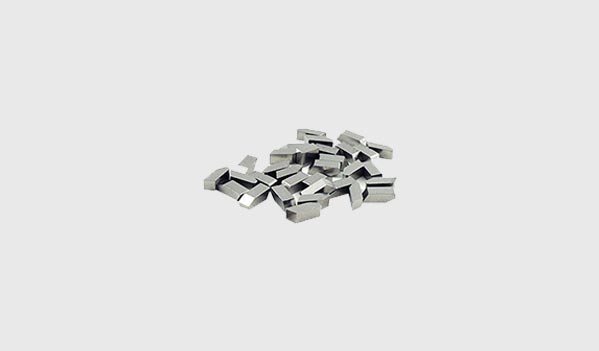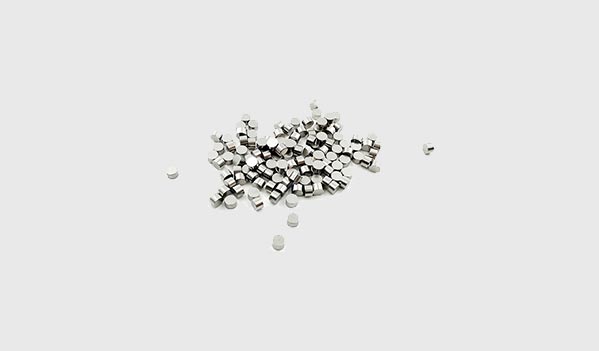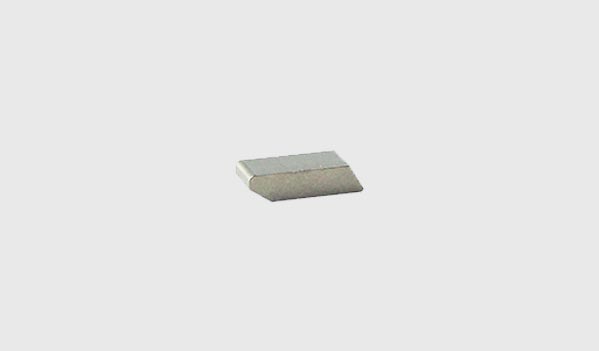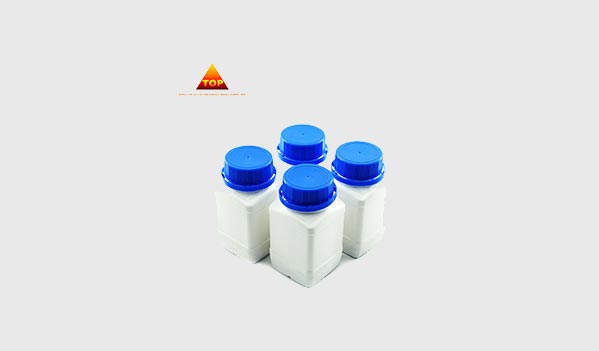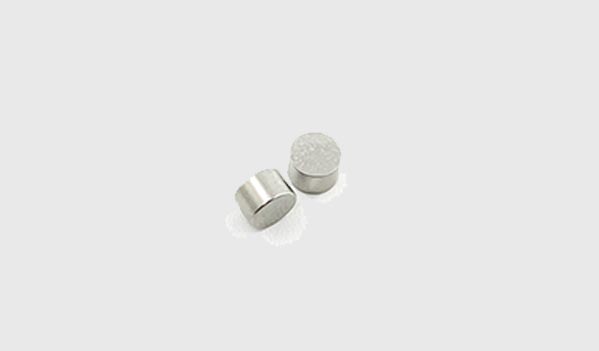Stellite saw teeth are produced using a process known as powder metallurgy. This process involves making fully dense components with uniform microstructures from metal powder, which are free of non-metallic inclusions. The powder metallurgy process is a manufacturing process that produces precision and highly accurate parts by pressing powdered metals and alloys into a rigid die.
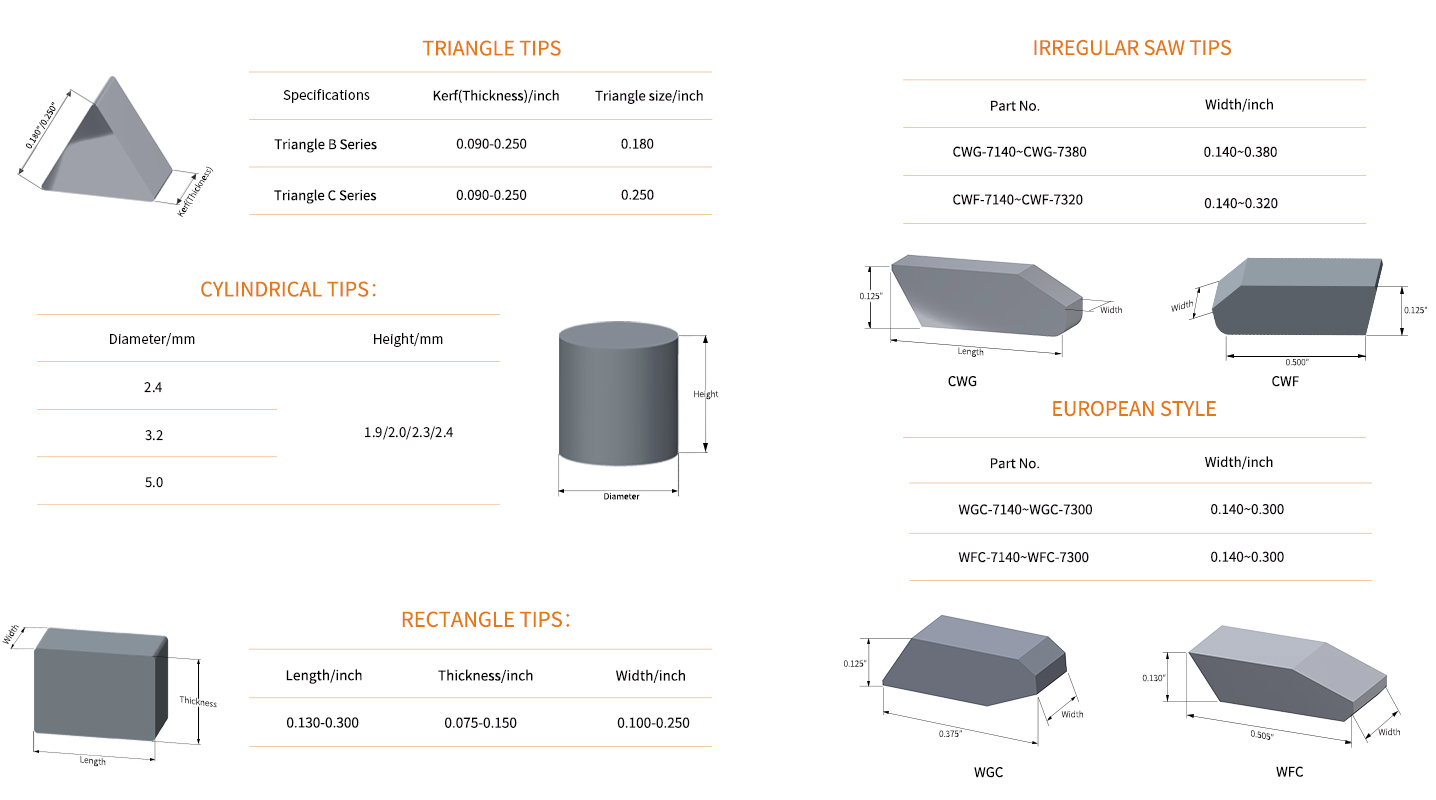
Product advantages:
Considerably longer operation time
Better surface finishes
Great wear resistance but tough enough to withstand shocks caused by knots, nails etc
Cut with thinner kerf
Better cutting accuracy
Smoother cutting edges
application:
Stellite saw teeth, which are welded onto the tips of saw blades, are primarily used for high-efficiency and high-precision cutting. They are particularly adept at handling hardwood, softwood, frozen wood and even wood with corrosive substances.
Process:
Stellite saw teeth are produced using a process known as powder metallurgy. This process involves making fully dense components with uniform microstructures from metal powder, which are free of non-metallic inclusions. The powder metallurgy process is a manufacturing process that produces precision and highly accurate parts by pressing powdered metals and alloys into a rigid die.
